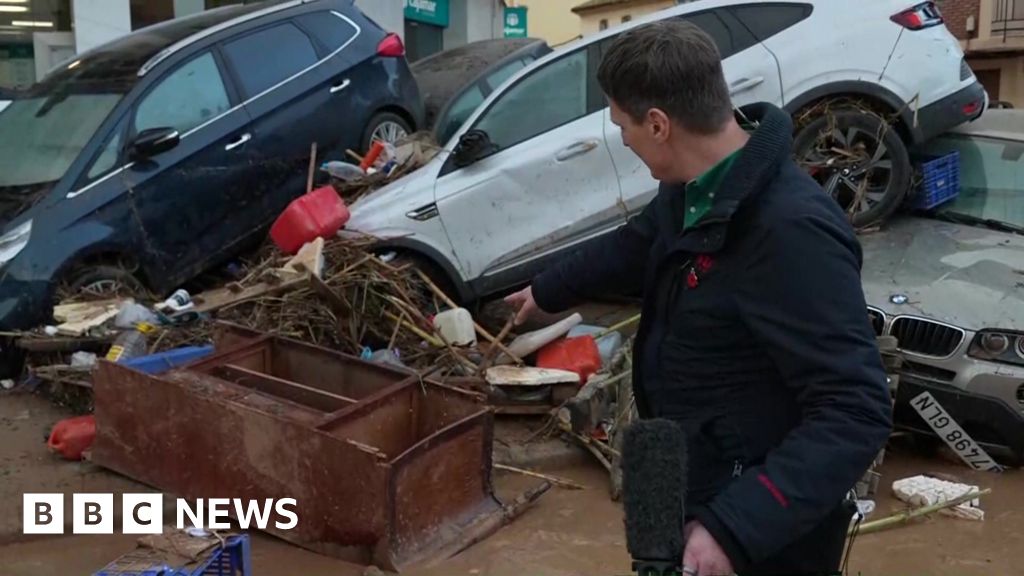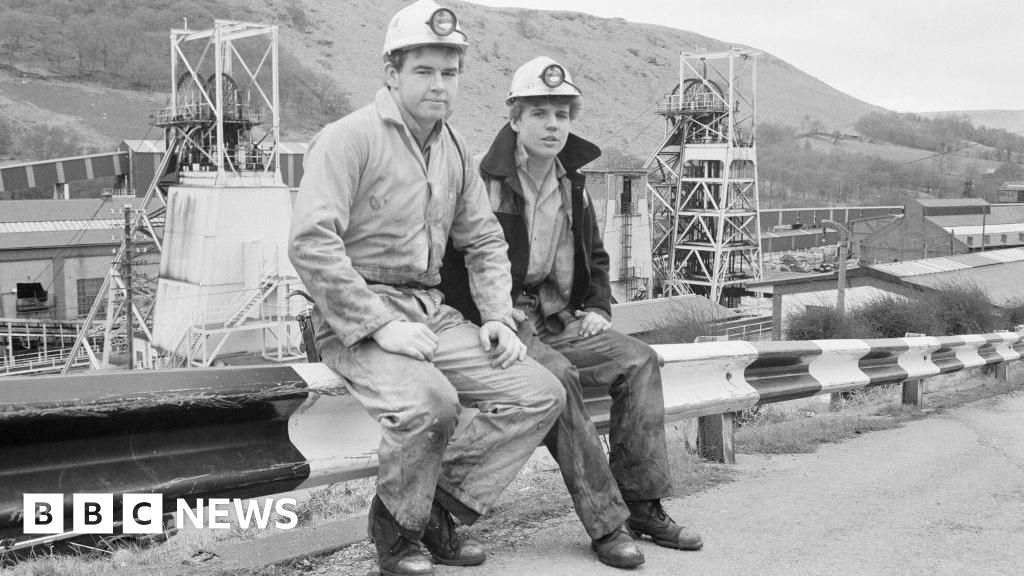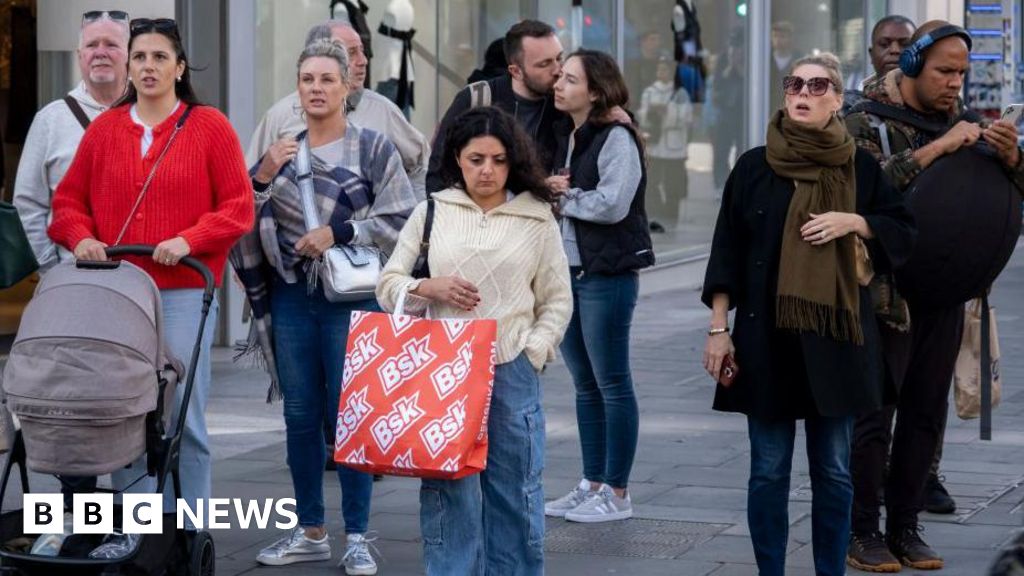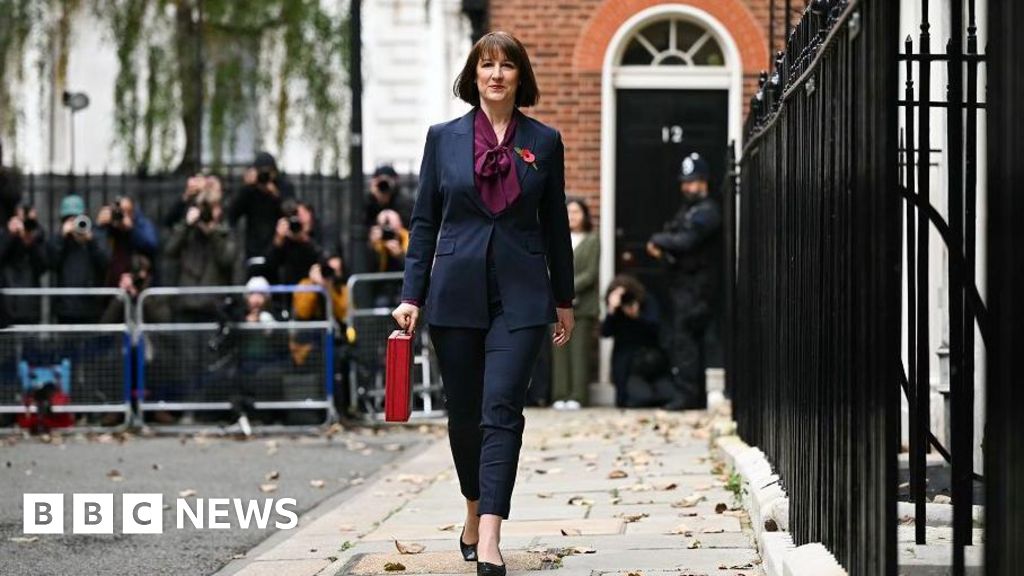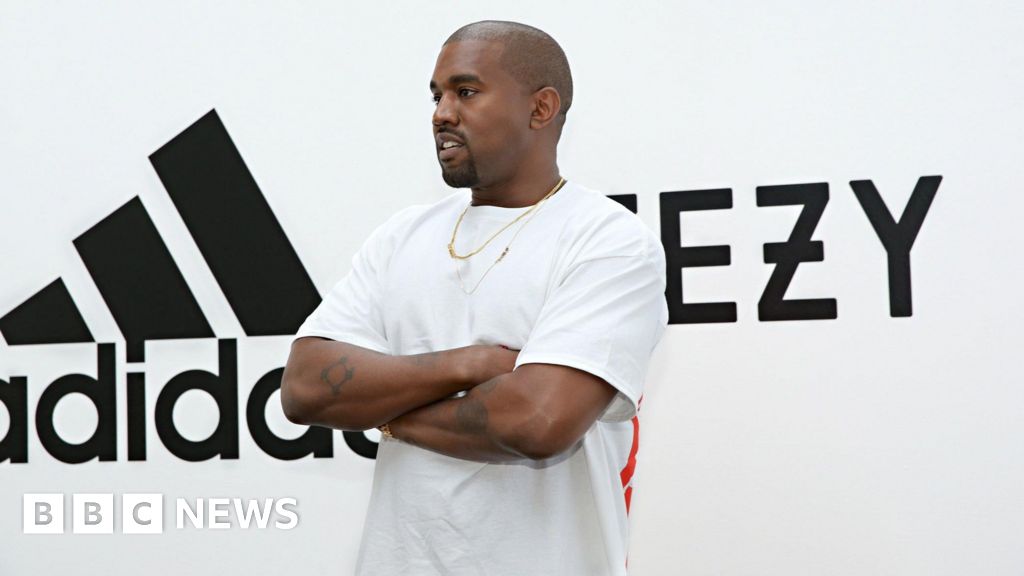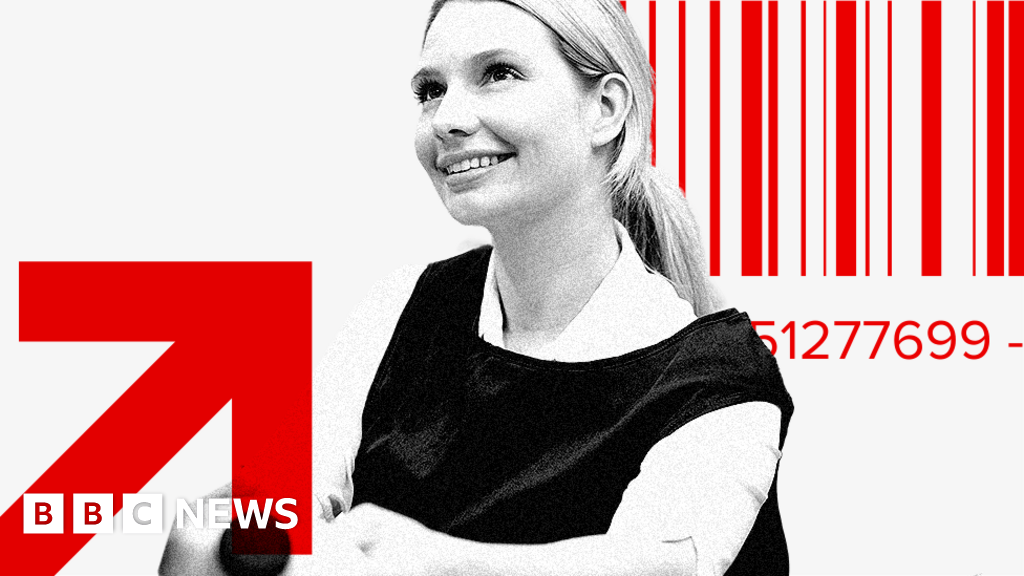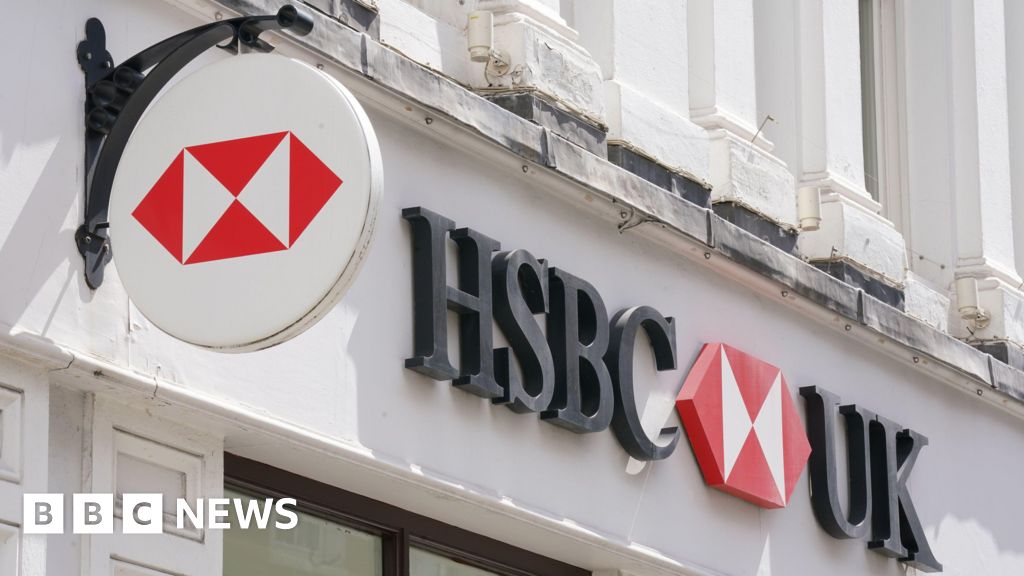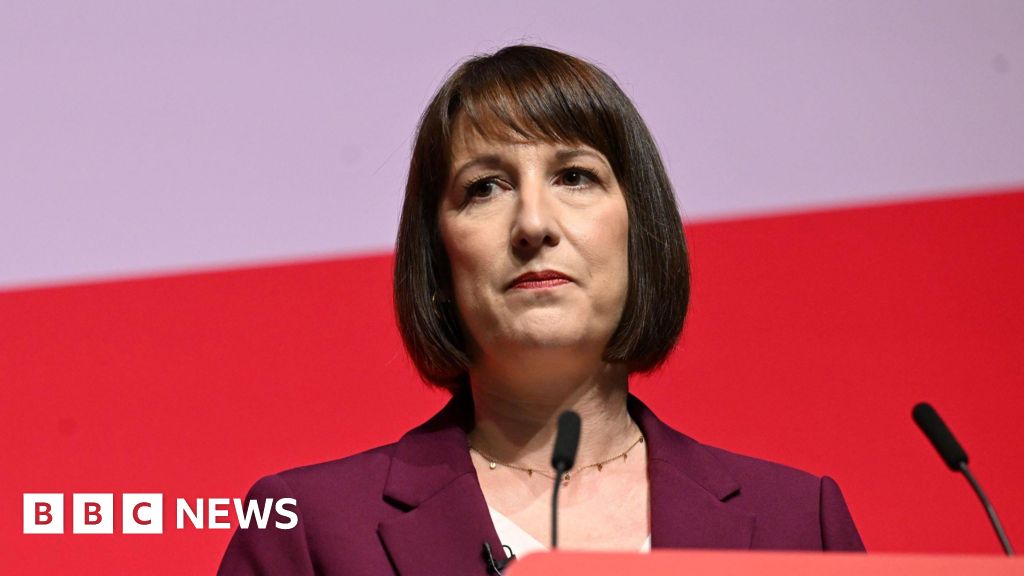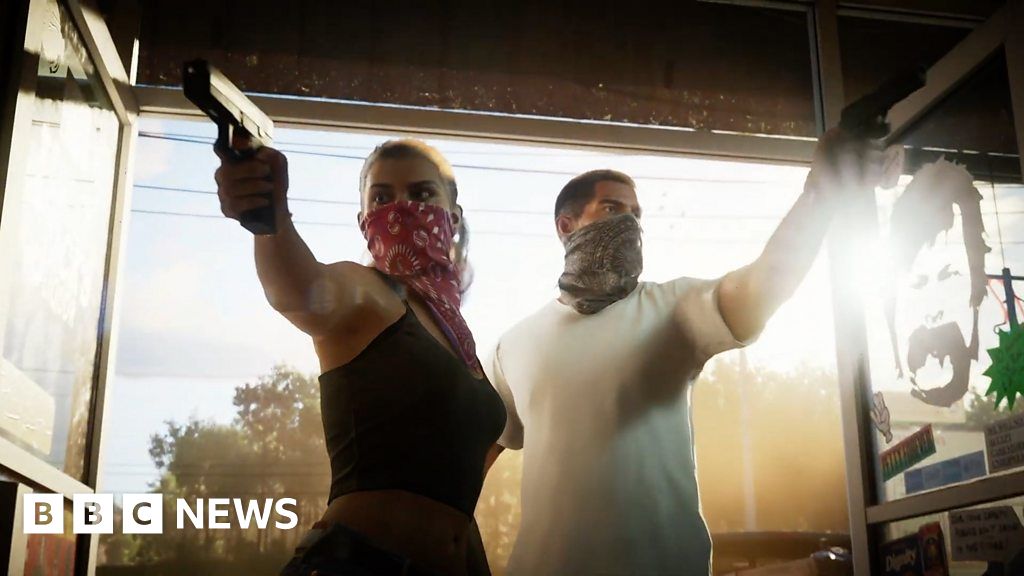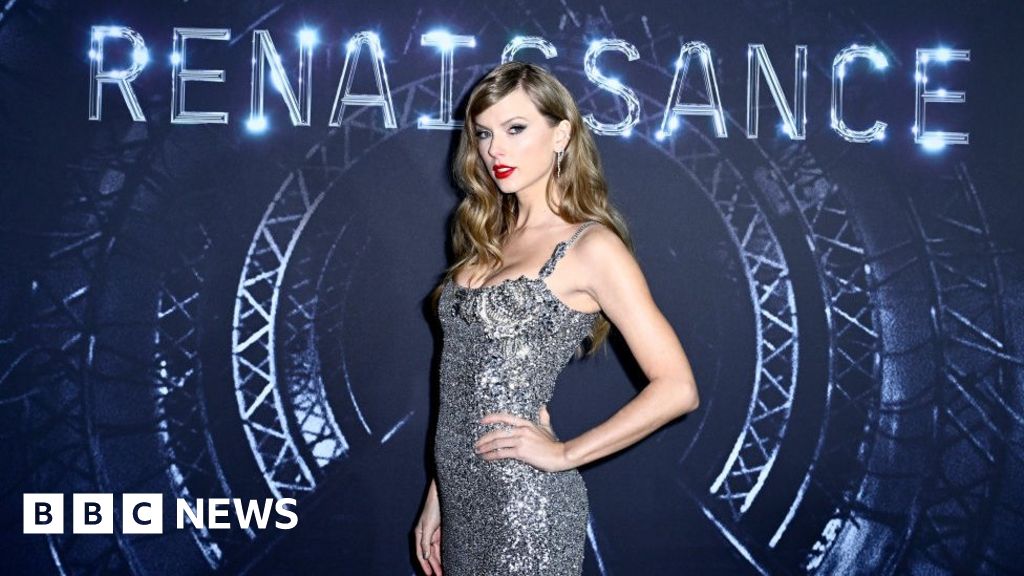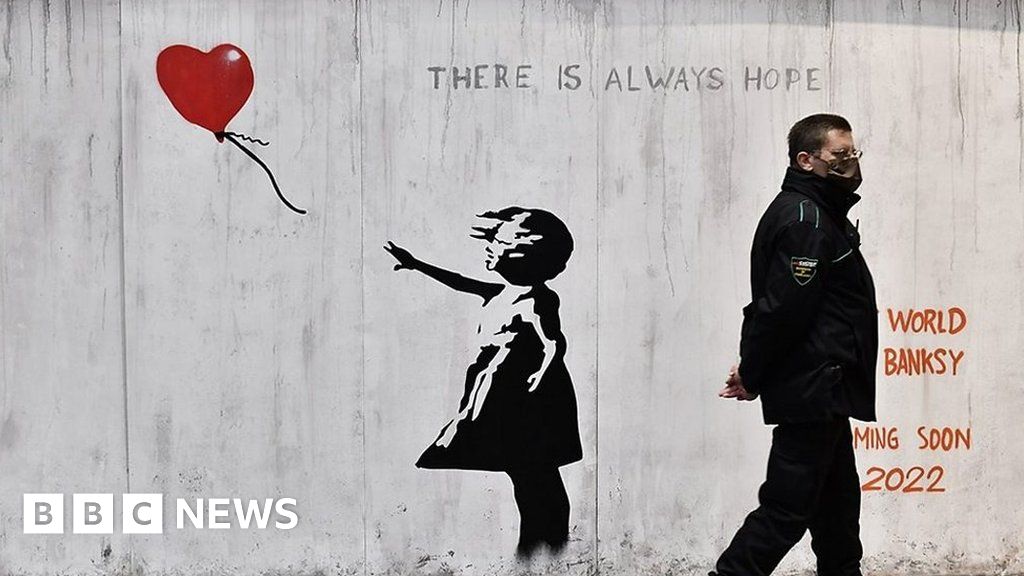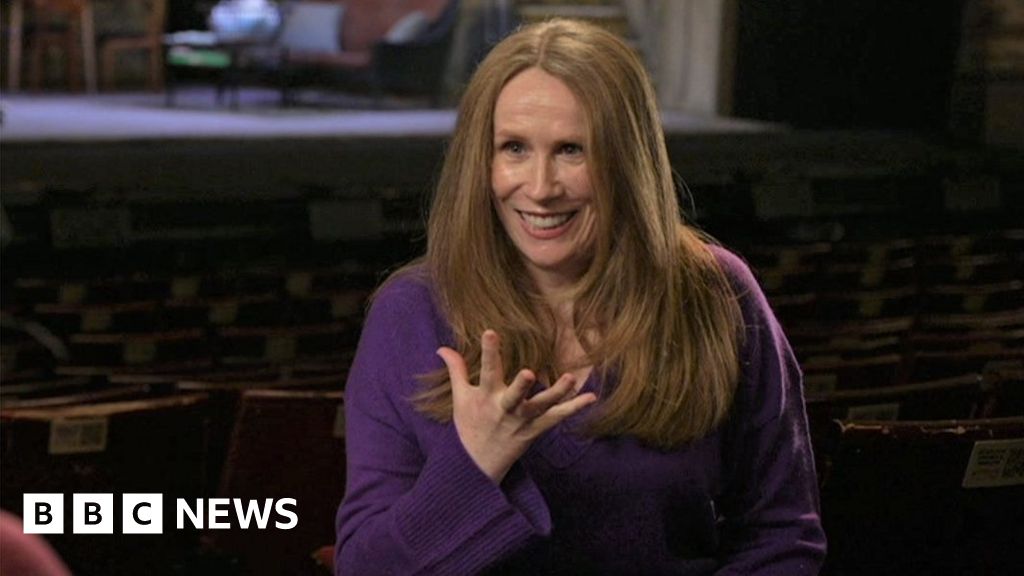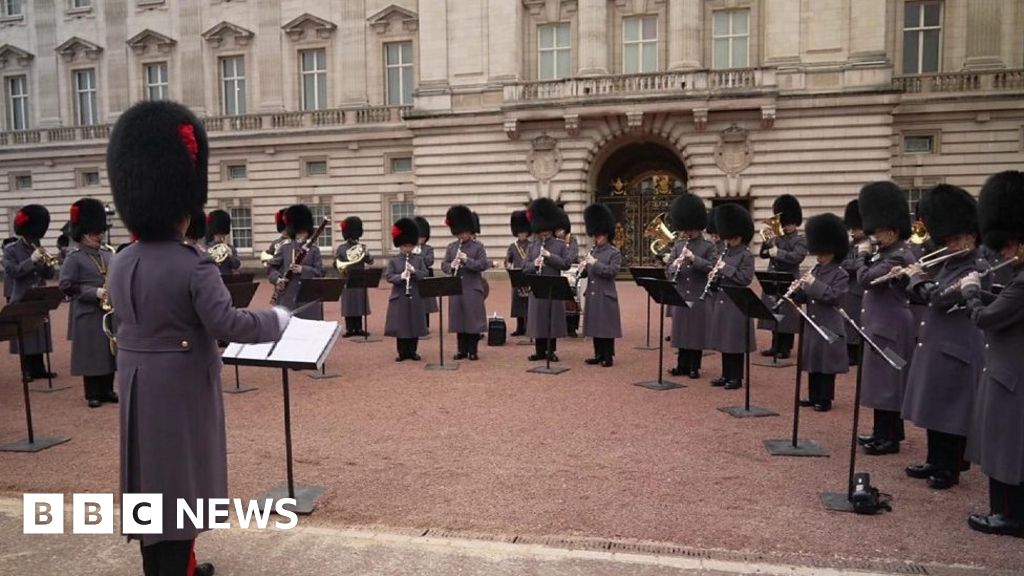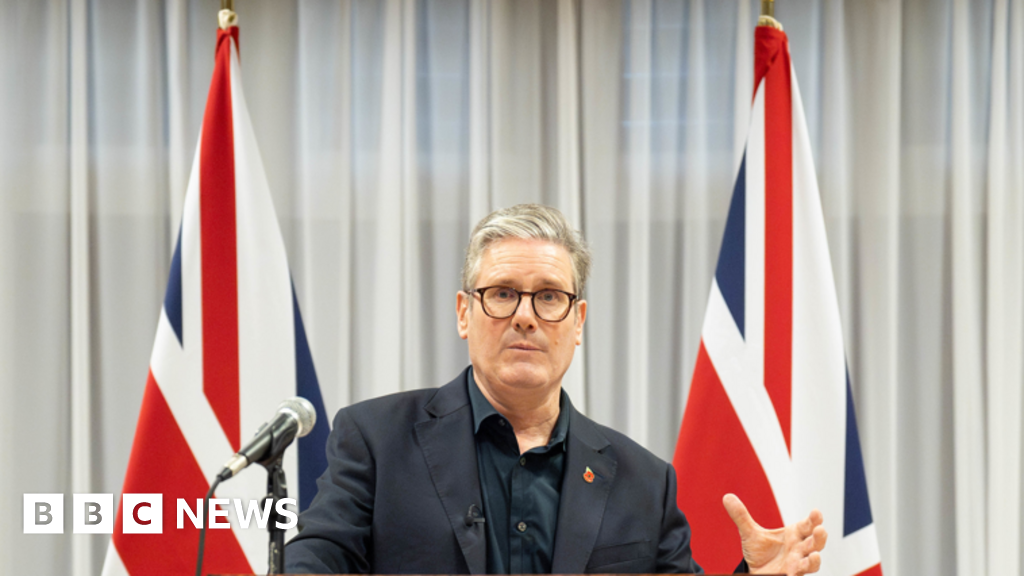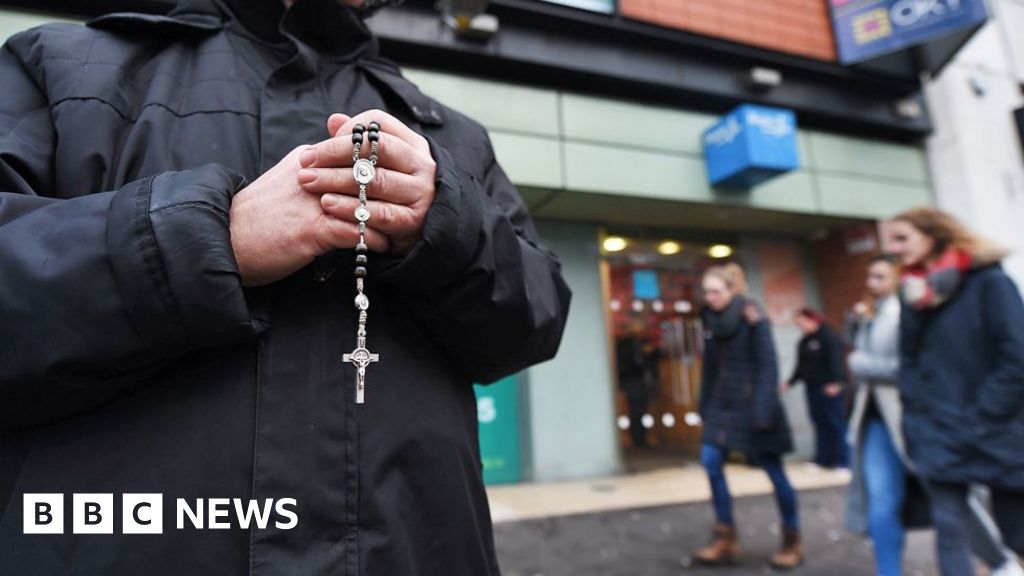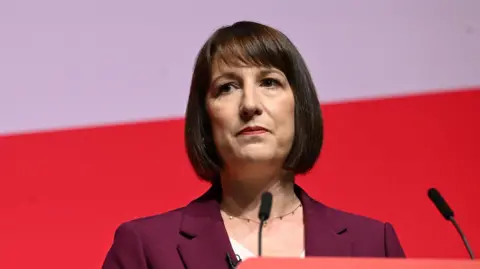 BBC
BBCRarely has there been so much speculation on the contents of the famous red Budget briefcase, being held aloft in Downing Street for the first time by a female Chancellor of the Exchequer.
Little of it has been confirmed, but the big picture story has become clearer.
Rachel Reeves’ narrative starts from being £22bn adrift in this financial year. For scale, that’s the same as the entire devolved public sector payroll in Scotland in 2021-22, with a workforce last June of 547,000 workers across health, education, police, local government, etc.
The Budget is mainly about the next financial year, starting in April 2025. For that, Labour claims that public services require a £40bn increase in taxation and spending.
Such claims are disputed. The Office for Budget Responsibility, while also marking Rachel Reeves’ homework on next year’s Budget, is checking her claims for this financial year, and both reports will be published alongside the Budget.
How will Rachel Reeves tackle the budget gaps?
 PA Media
PA MediaIn its election campaign, Labour chose some tight constraints: No changes to income tax, National Insurance (for employees at least) or VAT. So while tax increases look inevitable, all but one will come from smaller sources of revenue.
The big tax grab is likely to be from employers, who are expected to face a rise to the contributions they are required to make to National Insurance.
While employees have seen rates cut from 12% to 8% in two giveaways by Tory chancellors, employers continue to pay 13.8% of payroll to the Treasury.
That is expected to go up, effectively compensating the Treasury for the tax giveaway for employees.
Two big issues with that: Firstly, how does it help economic growth, one of Rachel Reeves’ top priorities, to put a tax on jobs?
And how will employers respond – investing in the technology that could replace jobs, raising prices for customers, or squeezing pay? Some economists think pay will suffer most.
The sectors most affected are those which rely most on workers, such as hospitality, and particularly in smaller firms.
The other big issue: Will public services be compensated for that increase in payroll tax?
Scotland has a significantly higher share of public sector employees than it gets as a share of such compensation from the Treasury – 22.1% of workers, compared with 17.3% across the UK. So the squeeze could be felt more on public service budgets in Scotland.
What tax changes will and won’t apply in Scotland?
 PA Media
PA MediaFew changes are expected to income tax, so the existing Westminster and Holyrood systems will continue to be as divergent, at least until the Holyrood budget is decided. The same is true of transaction taxes on buying property.
Some other taxes which have been the subject of speculation raise less money per head in Scotland, because there’s less wealth. Capital gains tax, inheritance tax and pensions tax relief are not devolved to Holyrood and would apply in Scotland.
A change to fuel duty would affect the whole of the UK, and changes to tax allowances for the oil and gas industry will apply throughout the UK, but would have the biggest impact in Scottish industry.
That is one of the biggest issues for the Scottish economy in this budget: A hard stop to investment allowances would put the brakes also on investment, says the industry, accelerating the industry’s long-term decline, costing jobs and increasing reliance on imported energy.
The industry has been lobbying hard to avoid that happening.
What cuts would apply in Scotland?
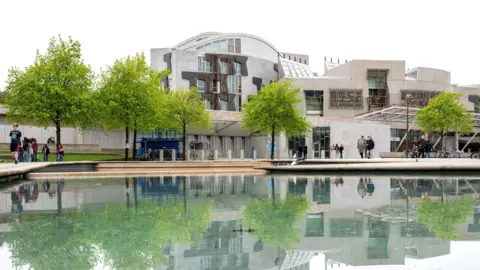 Reuters
ReutersOne Budget casualty already confirmed is a rise in England’s flat fare on most bus routes, from £2 to £3.
In Scotland, subsidy is paid to bus companies to provide free travel for those aged up to 21 and from 60 onwards.
The reduction in subsidy to bus operators will feed through the funding formula for the block grant from the Treasury to Holyrood.
If there are changes to budgets for Whitehall departments for which powers are devolved – such as transport, justice, health and education – Scotland gets a fixed share of those changes.
There could be changes to benefits affecting those who are unable to work due to long-term illness. Labour has inherited from Conservatives a concern that such benefit claims have been rising at an unsustainable rate.
Such changes in Universal Credit and statutory sick pay would apply throughout the UK, while the Scottish government has devolved power over disability benefit. That could be used to mitigate the impact of Westminster changes – at a cost.
There is confirmation already of more for building schools and council housing in England, and prisons are likely to get more, while the NHS is expected to get an increase in funding.
Such increases in budget would feed through to Holyrood’s block grant, and MSPs are free to decide where they are allocated.
Uplifts in budgets are expected to be mainly for capital spending – for buildings, infrastructure and government investment in key industries. That’s because Rachel Reeves is changing the rules that constrain her, to allow more borrowing for investment.
However, she also adopted a rule that day-to-day spending budgets, to run public services, must come from tax and not borrowing. That is where more of the pain will be felt in this budget.
And while it may be tempting, Holyrood cannot simply transfer the Treasury’s capital budget allocation into the day-to-day budget.
It could, however, get the private sector to build roads, for instance, and lease them back on behalf of the public, using the day-to-day budget.
Will there be any good news out of this Budget?
 EPA
EPALabour ministers are under pressure, through opinion polls and surveys of business confidence or lack of it, to tell a more positive story about the economy.
So expect Rachel Reeves to talk about the growth prospects for sunrise industries such as renewable energy and bio-science.
There is some expectation that Chancellors, as if magicians, ‘produce a rabbit from a hat’. The point is that this is supposed to be a welcome surprise. One such possibility would be an end to the two-child limit on family benefits. Though that would be expensive, retaining it is very uncomfortable for Labour MPs.
The Chancellor may opt to increase the statutory minimum wage.
There is already a ‘national living wage’, recently raised by Tory Chancellors. Don’t be surprised if there is a re-brand by Labour to a ‘new living wage’.
But higher pay for some means higher costs for employers, when they are already facing higher National Insurance Contributions. And that includes some parts of government.
There will be no easy, cost-free decisions in this Budget.
What next?
 PA Media
PA MediaImmediately after the 12.30 Budget speech, as Tory leader Rishi Sunak responds with his (likely) last speech from the Commons front bench, the Office for Budget Responsibility publishes its assessment of the effects on the economy.
Other experts, including those in the Institute for Fiscal Studies, will calculate the winners and losers from this Budget, in terms of tax and benefits.
The Budget hands the Scottish Government a figure for the amount it can expect to receive in the block grant for 2025-26. Shona Robison, the finance secretary at Holyrood, has until her budget statement on December 4 to allocate that and consider other sources of revenue, including Scottish income tax.
She has to put together a budget at Holyrood that can win the support of an opposition party by February 2025. If she cannot do that, there could be an early election.




